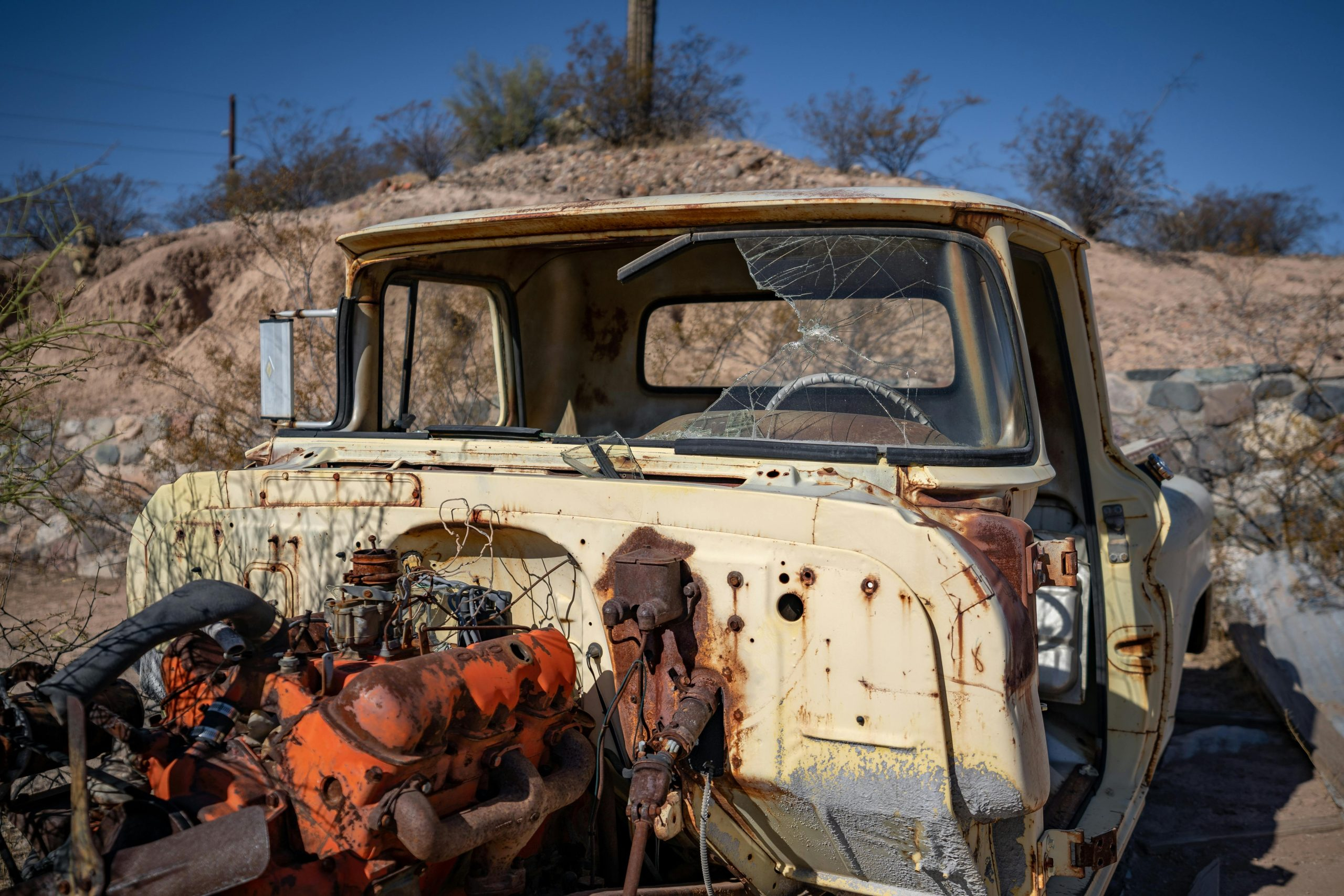What Happens to Old Vehicles After Scrapping?
When it comes to sustainability and environmental impact, every little action counts. And one way to contribute to the betterment of our planet is by recycling and scrapping old vehicles. But have you ever wondered what actually happens to old vehicles after they have been scrapped? In this article, we will delve into the process of scrapping old vehicles and explore the various ways in which they can be repurposed and recycled.
The Process of Scrapping Old Vehicles
The process of scrapping old vehicles involves dismantling them into smaller parts, crushing them and then recycling their components. But before that, the vehicle must undergo a series of examinations to determine its scrap value and identify hazardous materials that need to be disposed of safely.
Vehicle Inspection and Valuation
The first step in scrapping a vehicle is the inspection and valuation process. Expert mechanics will thoroughly examine the vehicle and assess its condition, age, model, and mileage to determine its scrap value. This is usually done to protect both the scrapyard and the owner from fraudulent activities that may occur.
Removal of Hazardous Materials
Once the vehicle has been inspected and its scrap value determined, the next step is to remove any hazardous materials. This includes draining all fluids such as oil, fuel, and coolant, and disposing of them in an environmentally friendly manner. Airbags, batteries, and other components containing mercury, lead, or other toxic substances are also removed and safely disposed of.
Dismantling and Crushing
After all the hazardous materials have been removed, the vehicle is dismantled into smaller parts. These parts are then sent to a crusher, which flattens and compresses them into a smaller size for easier handling and transportation. This step also helps in separating the various materials that make up the vehicle, such as metal, plastic, and rubber.
Ways Old Vehicles are Recycled and Repurposed
Now that we have a basic understanding of the scrapping process, let’s take a look at some of the ways in which old vehicles are recycled and repurposed.
Metal Recycling
The metal parts of old vehicles, such as steel and aluminum, can be recycled and turned into new products. The metal is melted down and then used to manufacture a variety of items, including new car parts, construction materials, and even household appliances.
Parts Reuse
Some parts of old vehicles, particularly those in good condition, can be removed and sold for reuse. This not only helps reduce waste but also provides car owners with access to affordable spare parts. This is especially beneficial for older or discontinued car models where finding parts can be challenging.
Energy Recovery
The fluids removed from old vehicles, such as oil and fuel, can be processed and used as an energy source. This helps reduce the dependency on fossil fuels and contributes to a more sustainable energy mix.
Material Reuse
Materials such as plastic, rubber, and glass from old vehicles can be repurposed and used in the manufacturing of new products. For example, plastic can be used to make new car parts, while rubber can be recycled and used for making road surfaces and playgrounds.
Conclusion
In conclusion, scrapping old vehicles is an important step towards creating a more sustainable future. By recycling, repurposing, and reusing the various components of old vehicles, we can reduce waste, conserve resources, and minimize environmental impact. Next time you consider scrapping an old vehicle, you can rest assured that it will go through a thorough process and be given a new lease of life through recycling and repurposing.










